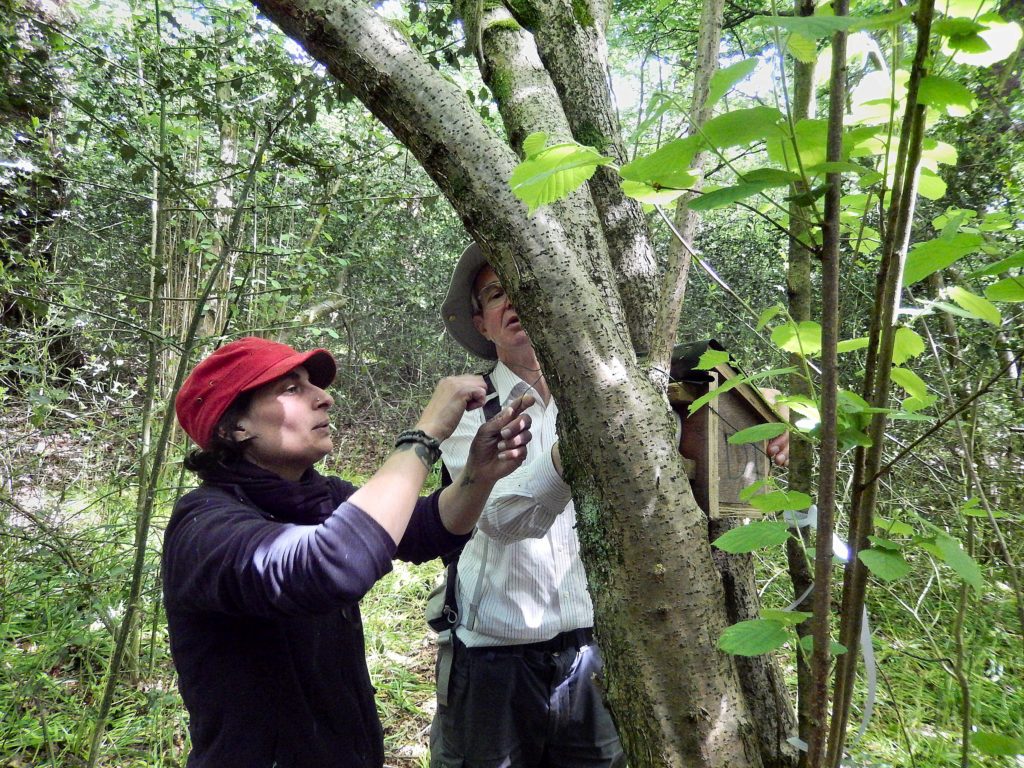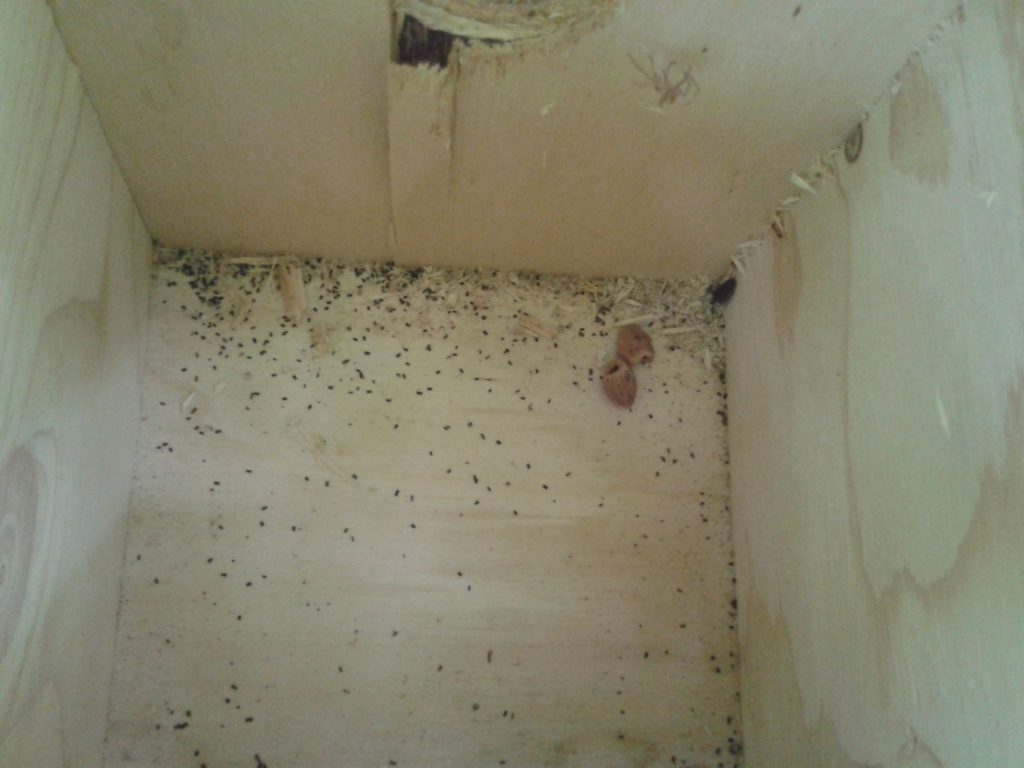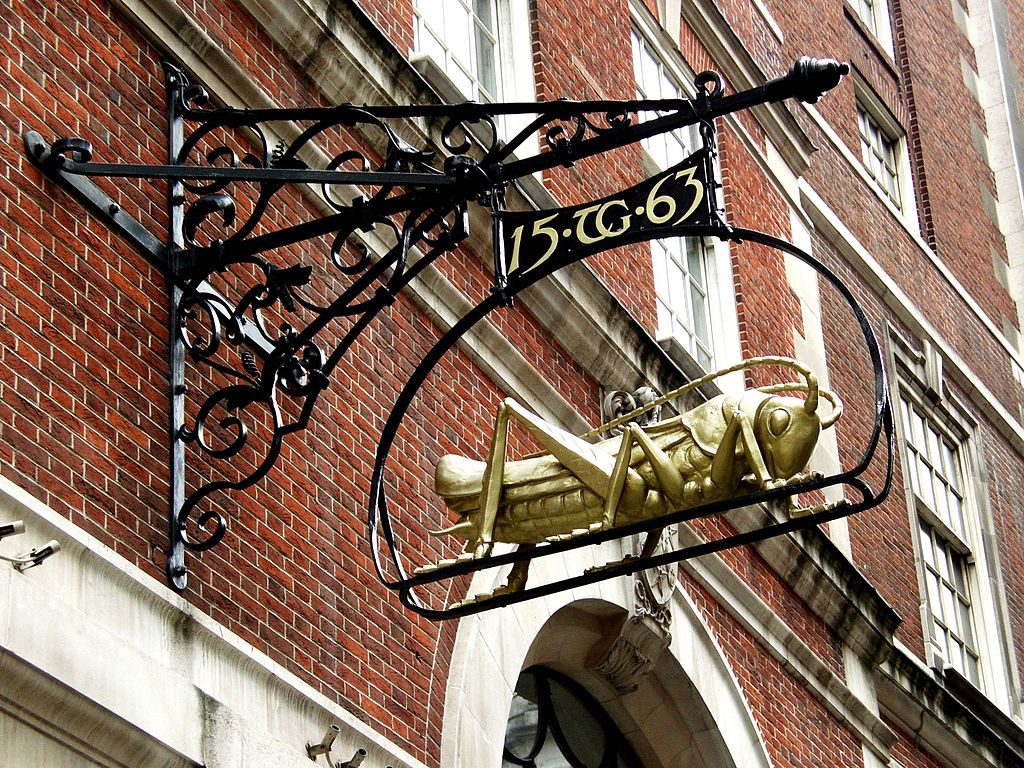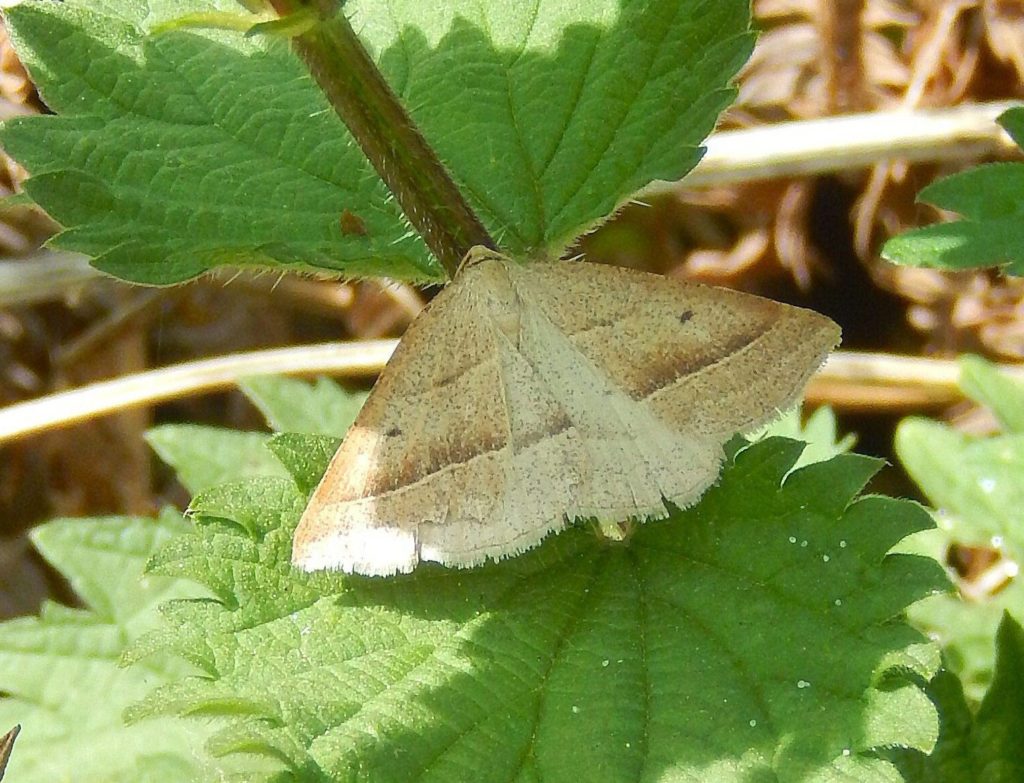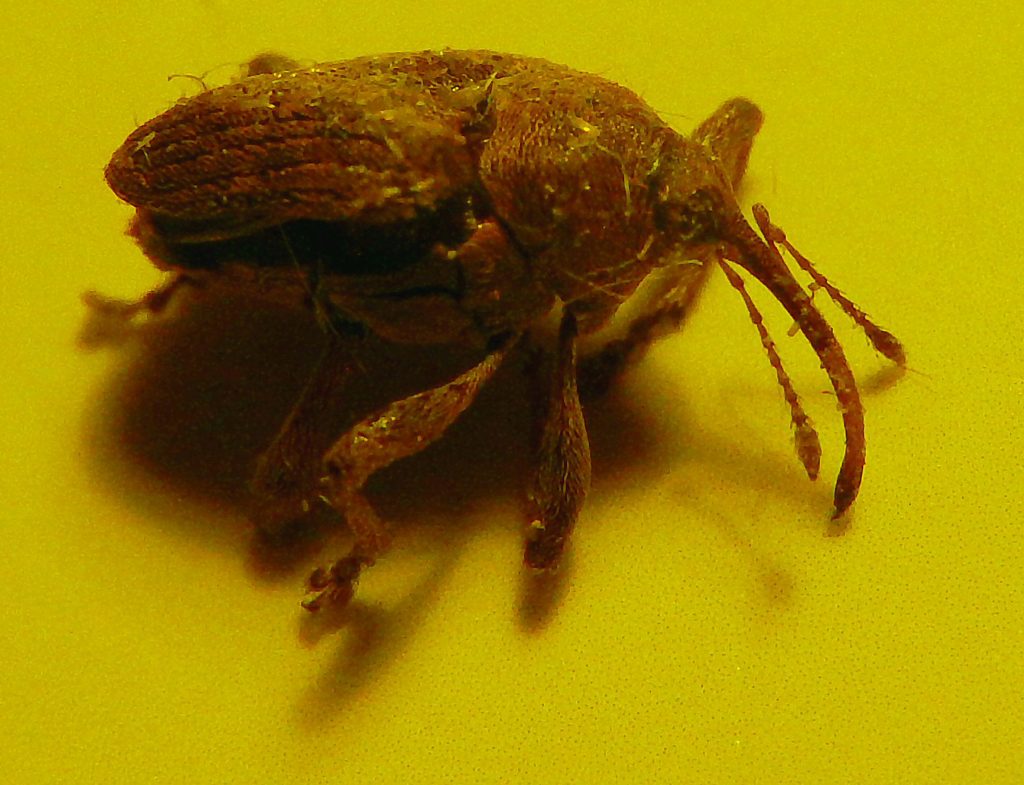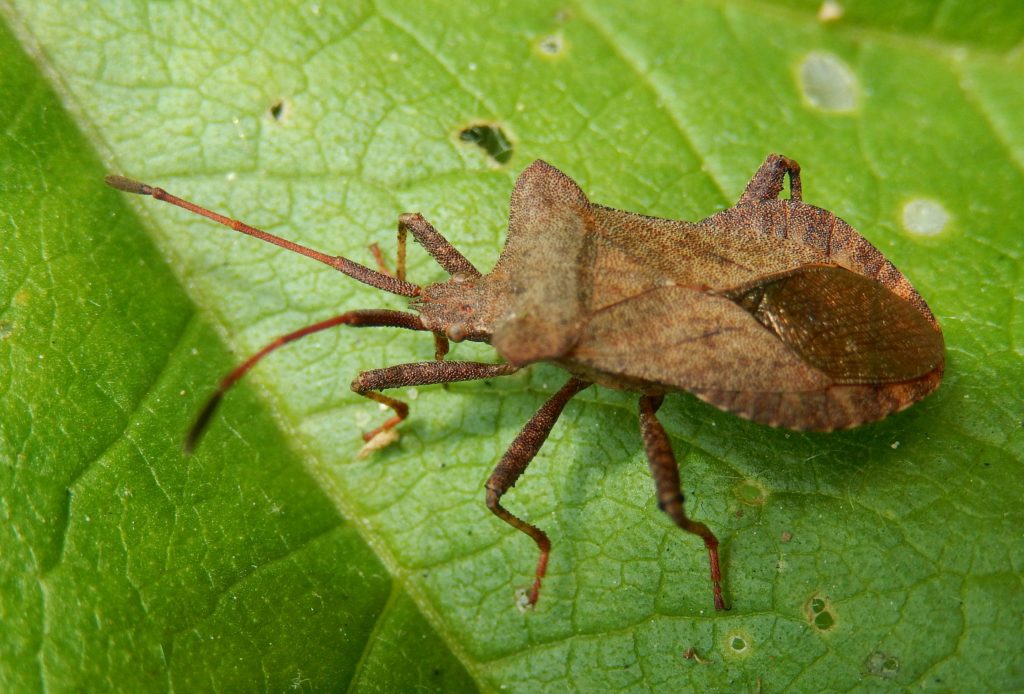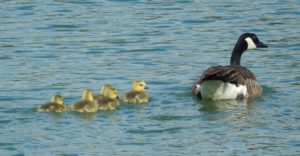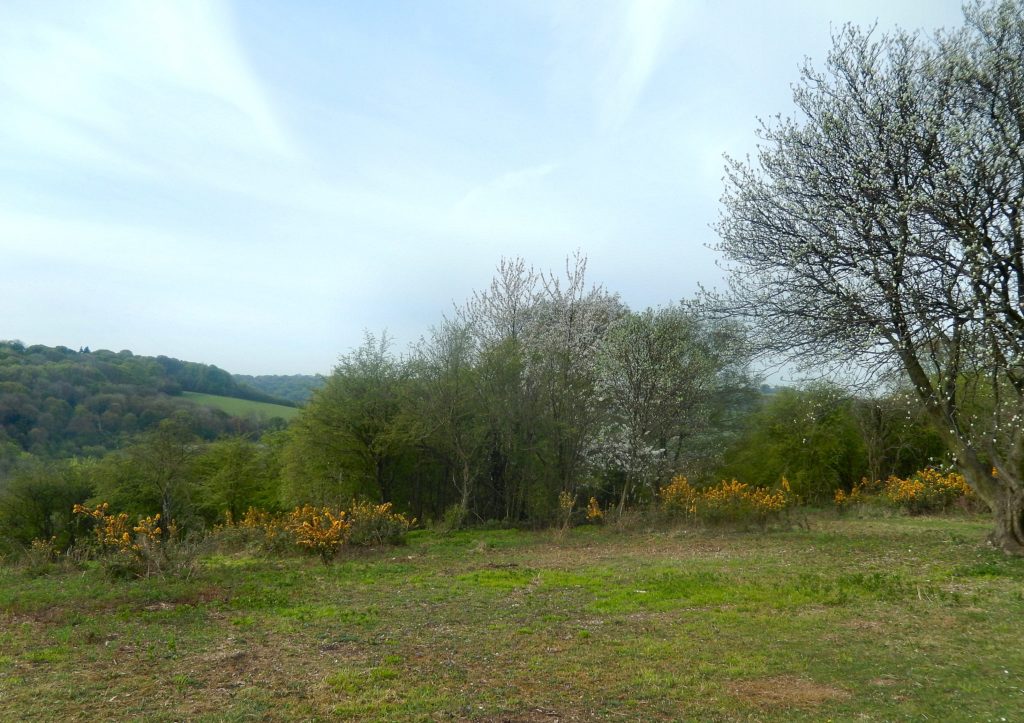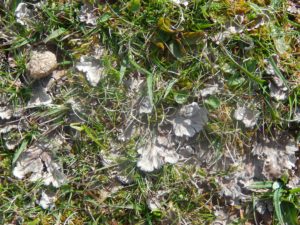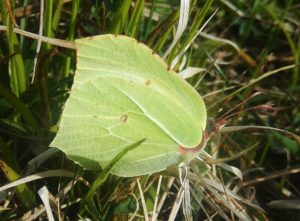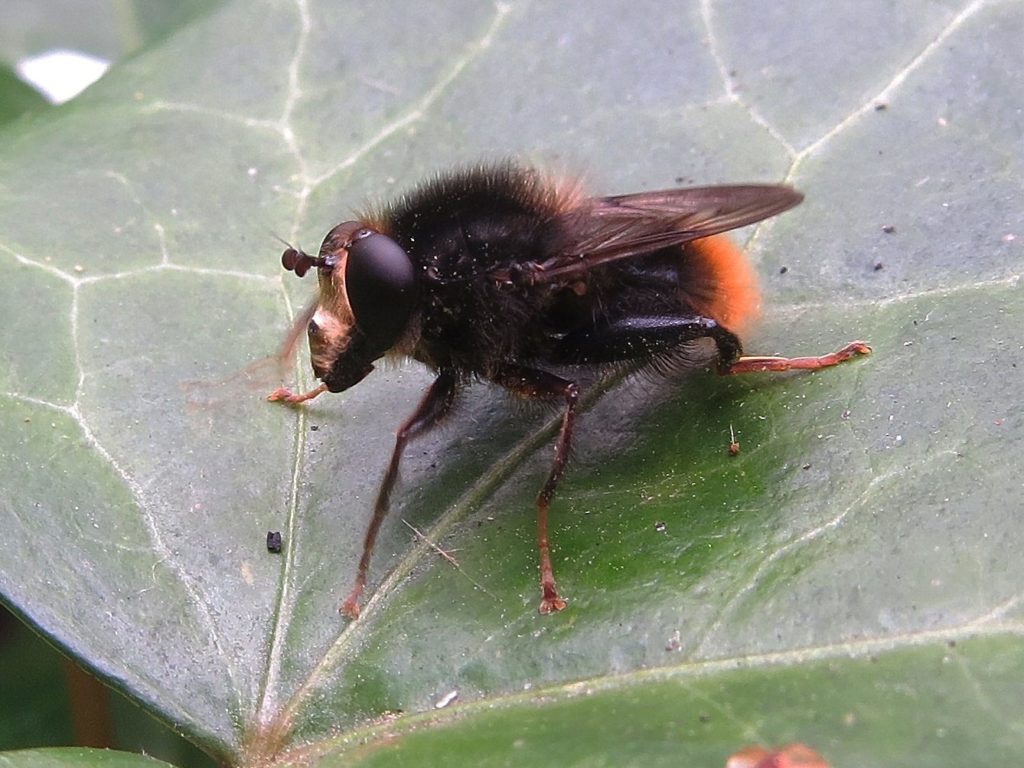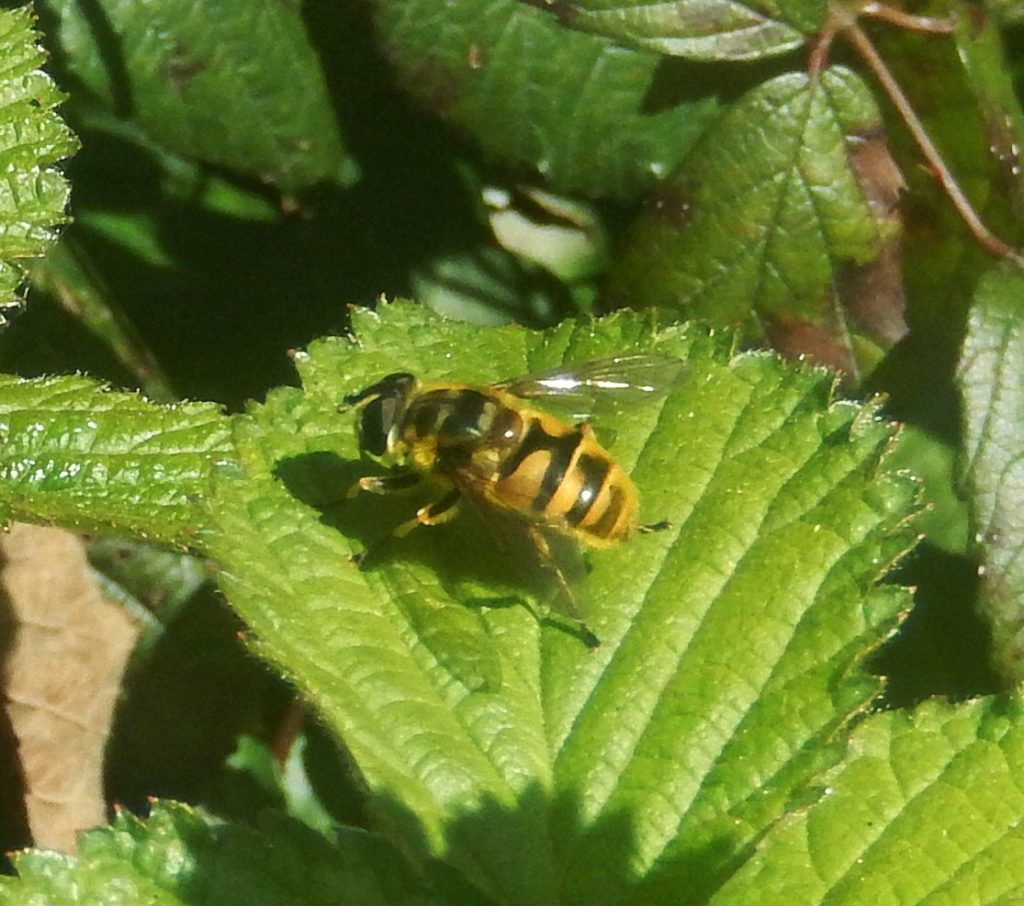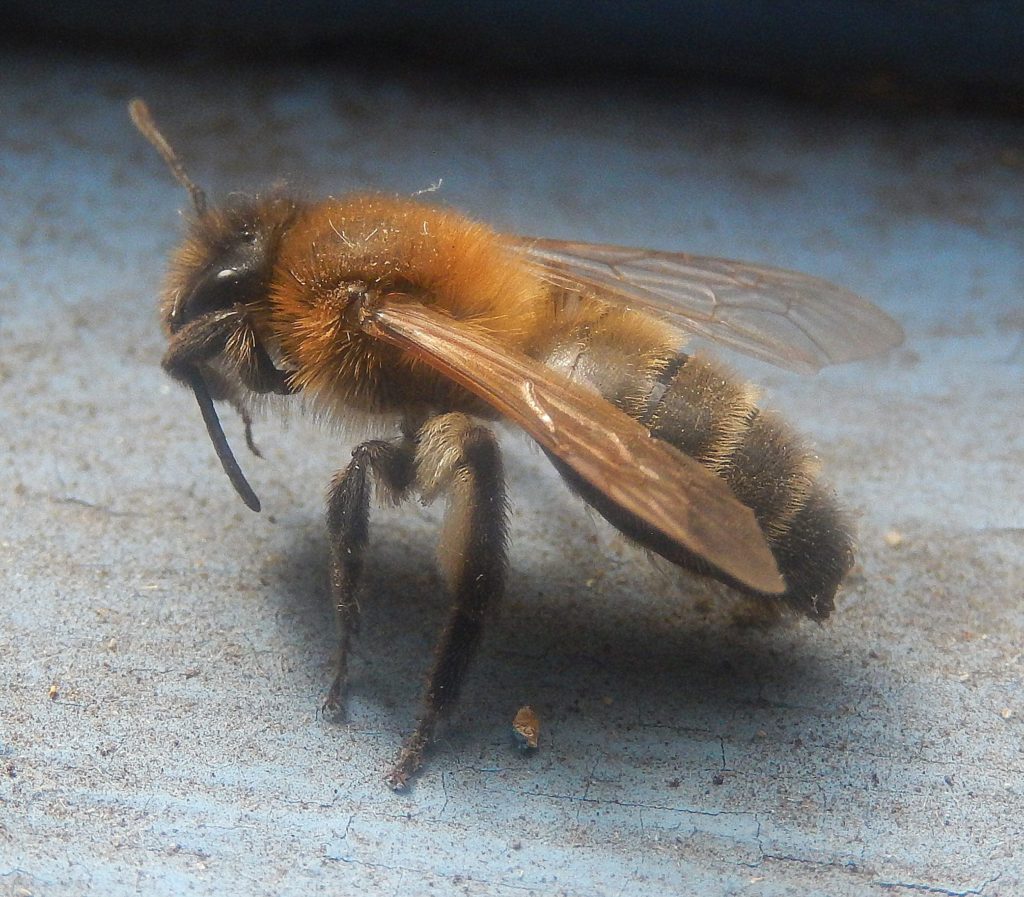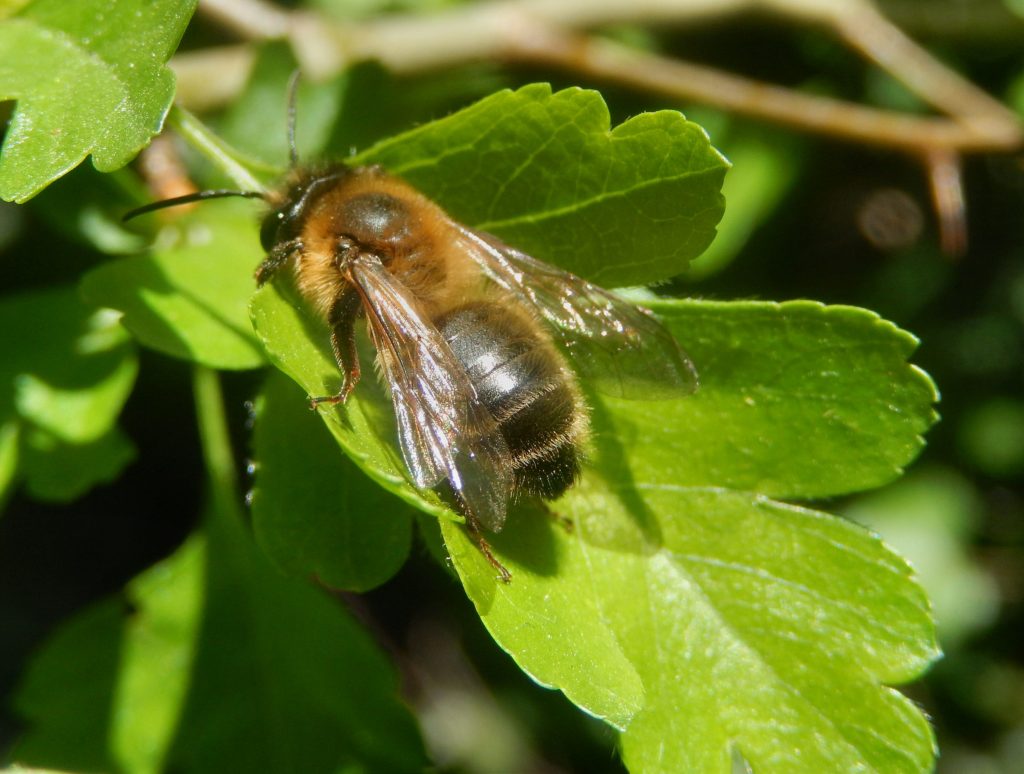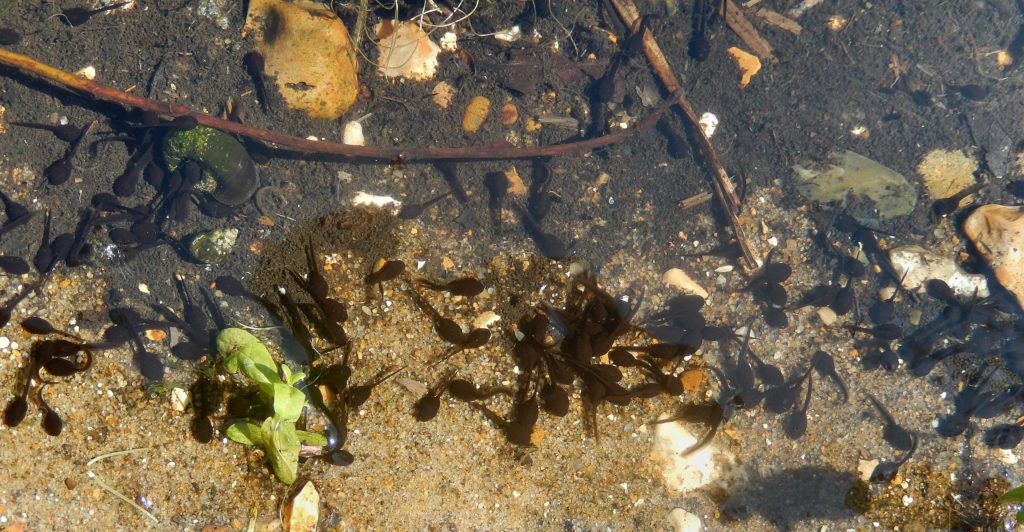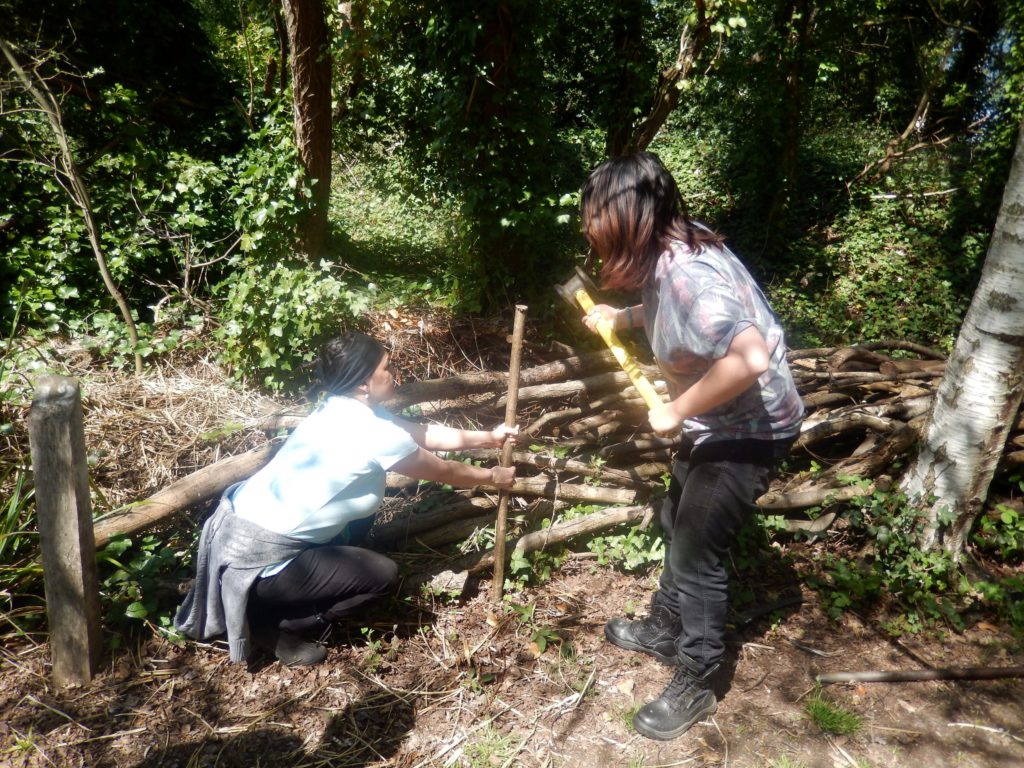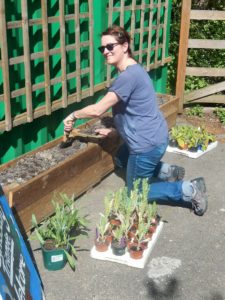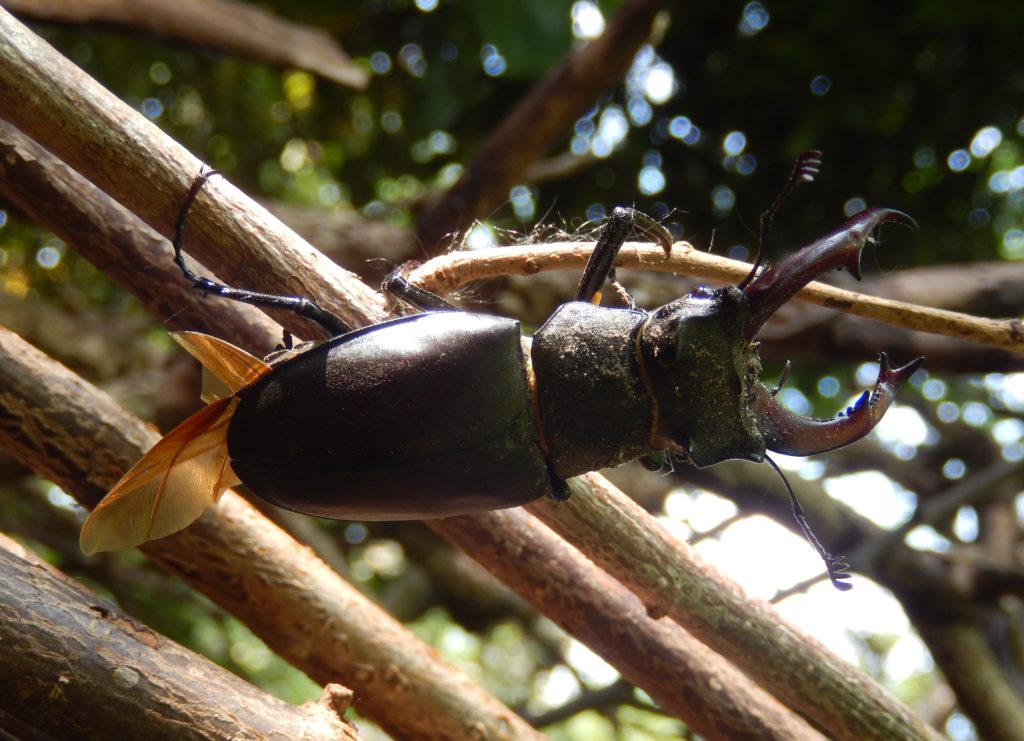
I was just walking around the triangle, talking to one of the Garden Design students about its natural history, when a mouse-sized animal scurried across the top of a post that we had hammered in to form a dead-hedge above the boundary stones. In my binoculars, it was at once clear what it was, a Stag Beetle. As I pulled out my camera, it spread its wings impressively, and flew a few feet across to the woven top of the dead-hedge, folding its wings but leaving the ends still sticking out of its wing-cases for a while.
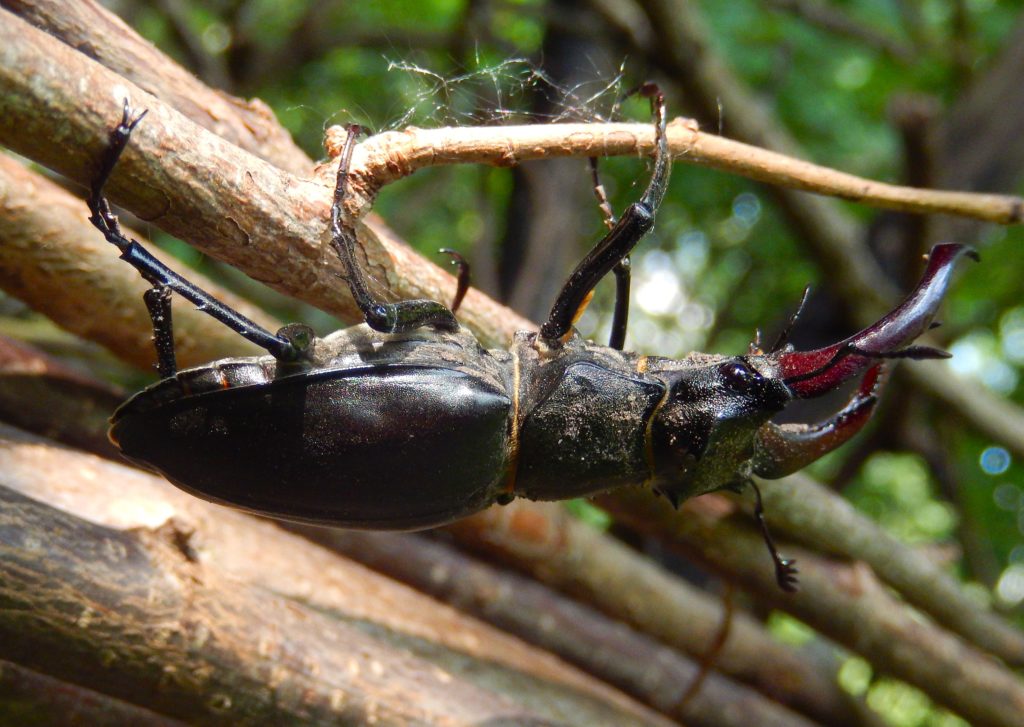
So, all that work on loggeries may have paid off. Or perhaps it didn’t: behind the dead-hedge was simply a pile of brash and logs, abandoned for several years. Anyway, we’re very pleased to see a handsome adult male out in the sunshine.
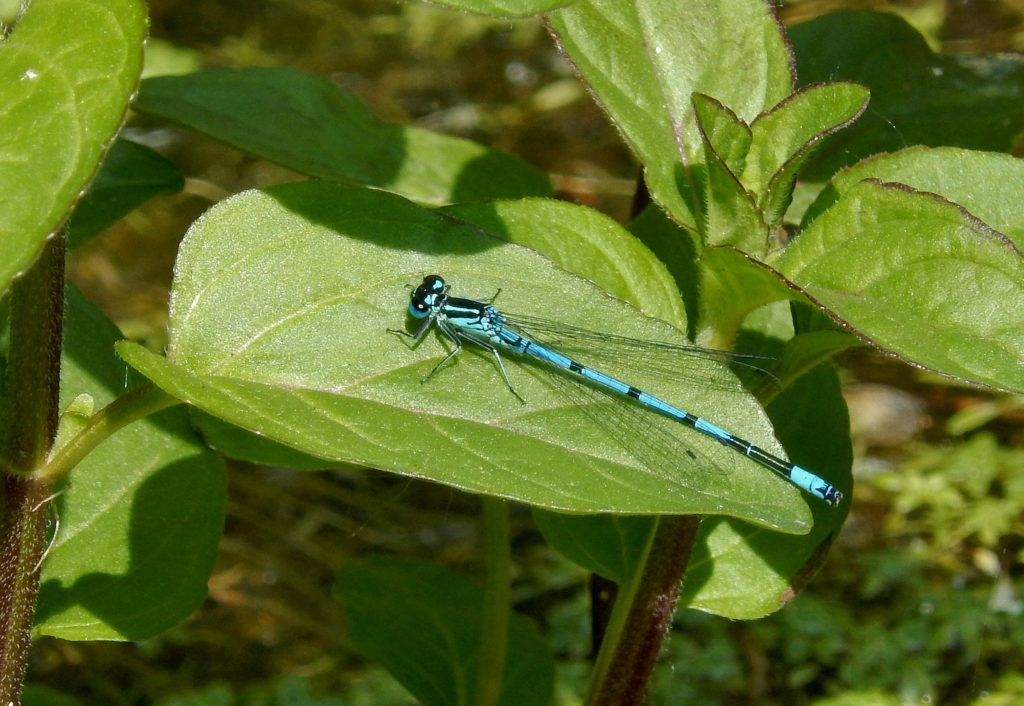
The triangle’s first batch of Azure Damselflies, surely within a day of hatching, perched on leaves of emergent water-plants, or flew around in cop, laying eggs already. One or two Large Red Damselflies sunned themselves also.
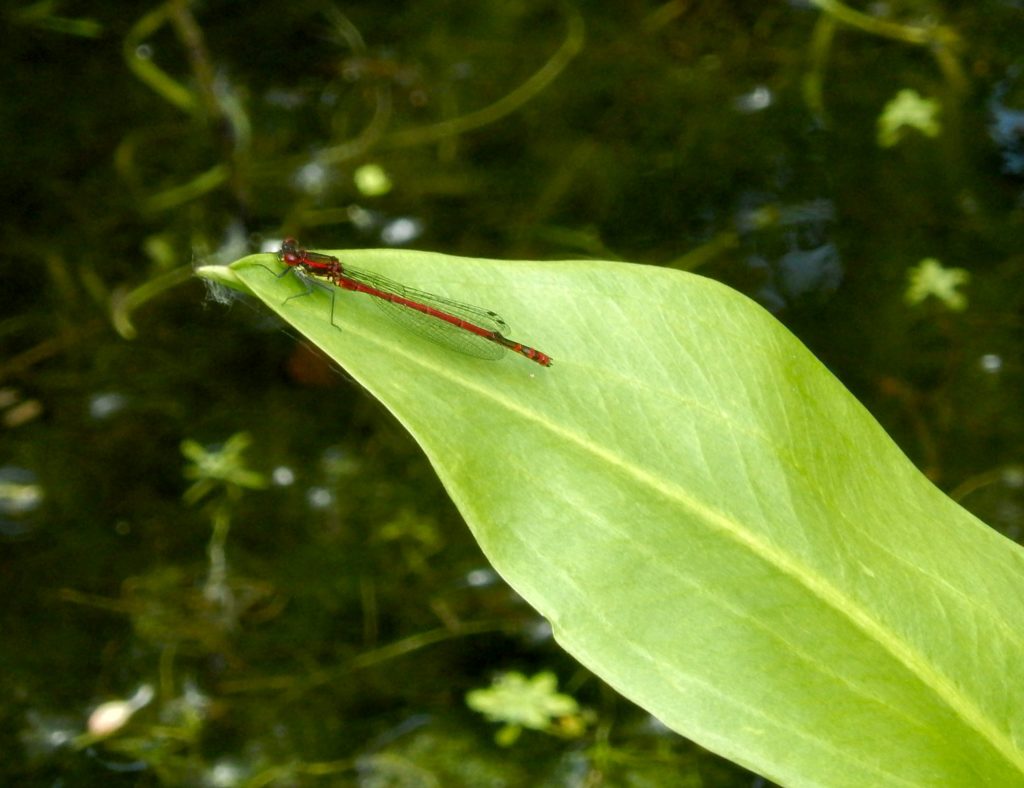
P.S. A week later, on 4 June, a Lesser Stag Beetle crawled across the lawn in my garden. I guess it emerged from the dead wood stacked in odd corners for that very purpose. It’s a lot smaller than the Stag.
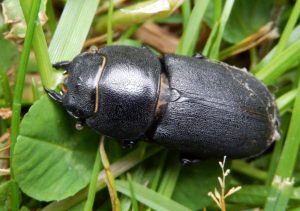

I picked it up to ensure I got a photo, and was rewarded with a fine display of thanatosis, shamming dead.

